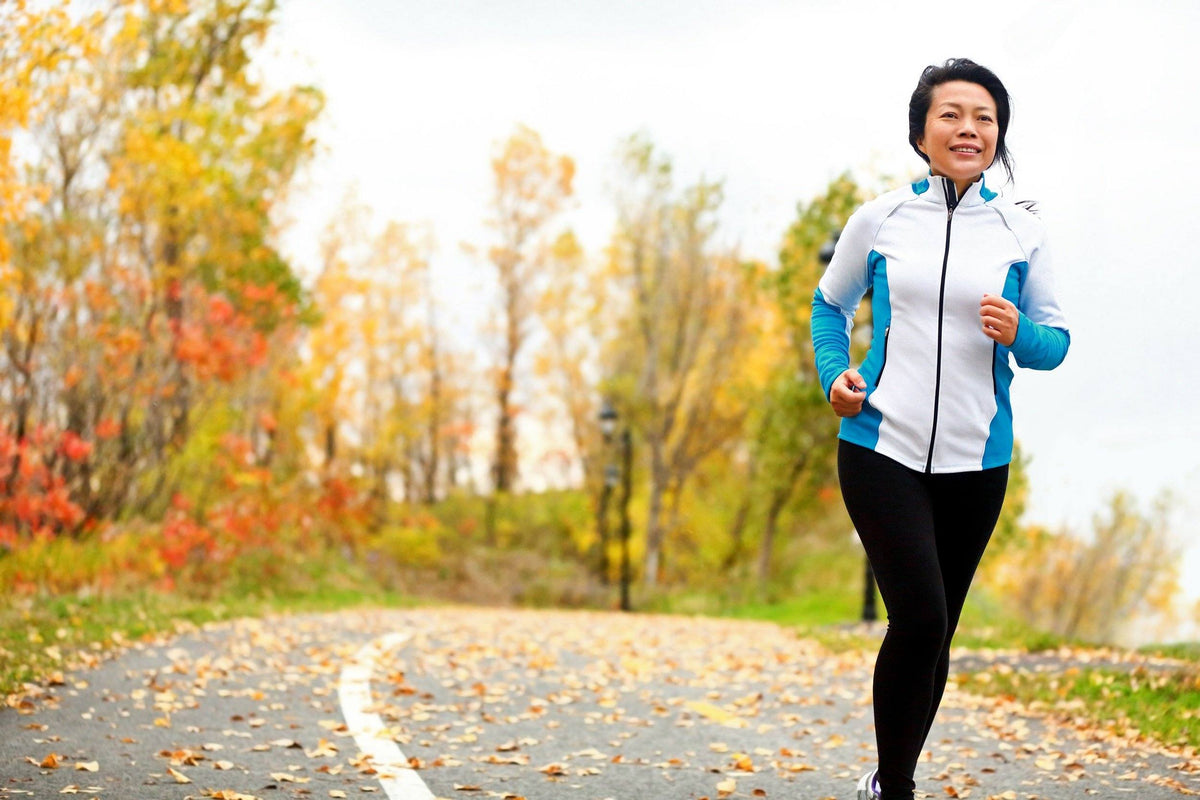When it comes to physical injuries, COVID-19 itself may not be the cause, but the more sedentary lifestyle it has forced on many of us, could be. Muscle mass and bone density both take a hit during menopausal years, and when you add in a lack of physical activity, coupled with the poor posture that often accompanies sitting and staring at a screen all day, you are looking at potential musculoskeletal issues and possible injuries in people of all ages—even children.
In fact, according to a recent report in the New York Times, chiropractors are seeing a “surge in problems” ranging from neck and back pain, to headaches and more, in patients as young as eight-years-old. So while COVID-19 isn’t directly responsible for you throwing your back out when you bend over, chances are, it indirectly played a part. The good news is that there are some things you can do to counteract all that inactivity and hopefully help us avoid future injuries, aches and pains.
Here are a few suggestions about where to start:
Get Moving: The most obvious thing is to simply move your body. Get up from your workstation or your couch and just walk around. Better yet, get outside—the fresh air and sunshine will do you good! Don’t forget to add in some strength training. No weights? No problem! Your body is all you need. Pushups, squats, lunges, and planks are a great place to start.
Pay Attention to Your Posture: Take a quick look at how you are sitting at your desk or even how you are eating dinner at the table. Are you hunched over, or is your back nice and straight, chest lifted, and head up? If you work at a computer all day, set a timer to remind yourself to sit up, take a deep breath and roll your shoulders up, back and down. If you can, invest in an ergonomic chair to better improve your stability and posture, and make sure that your computer screen is at eye level.
Lengthen to Strengthen: Staying flexible becomes more challenging as we get older. That’s why it’s so important to take the time, every day, to stretch your body. Download a yoga video or livestream a class. Perform basic moves like toe touches, overhead reaches, or side bends. Take your time and focus on your breathing as you move, and work on going a little deeper into the stretch with every exhalation. Need help getting started? Checkout some of our beginner yoga poses for menopause.
Watch Your Diet: Make sure that your meals include plenty of fruits, vegetables, and calcium to help support and strengthen bones. Ask your doctor about any dietary supplements you may need to balance any deficiencies in your diet.
From lifting groceries to lifting grandkids, strength, agility and flexibility are key to your daily functional movements. Without them, injuries are bound to happen. Don’t let our new way of living and working keep you from taking care of your body and enjoying your life, pain and injury free.






